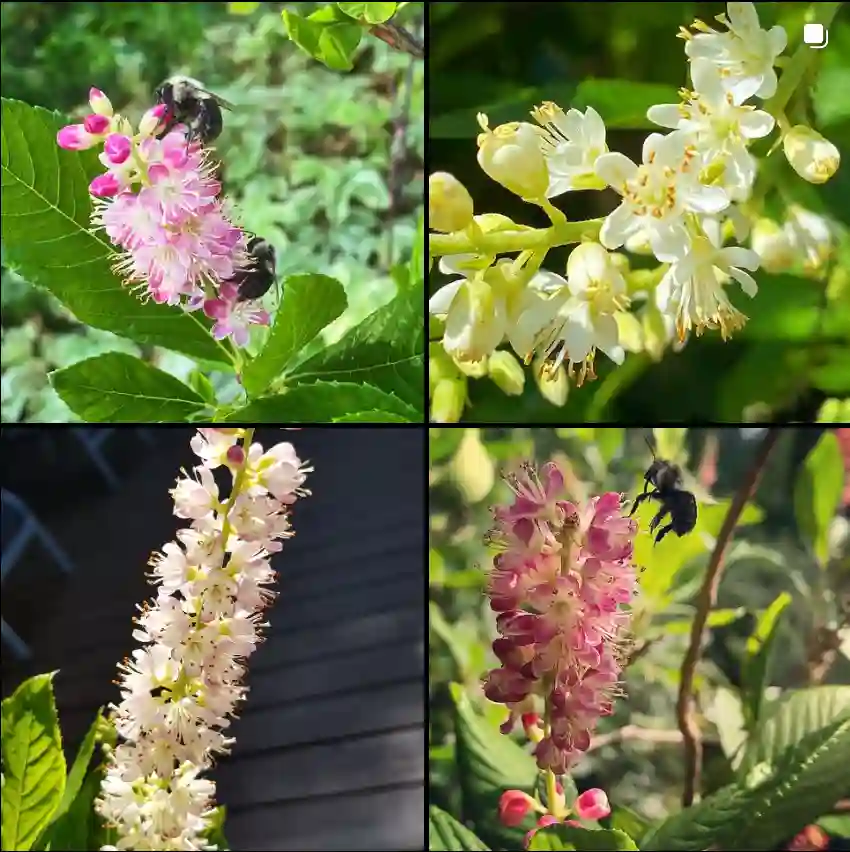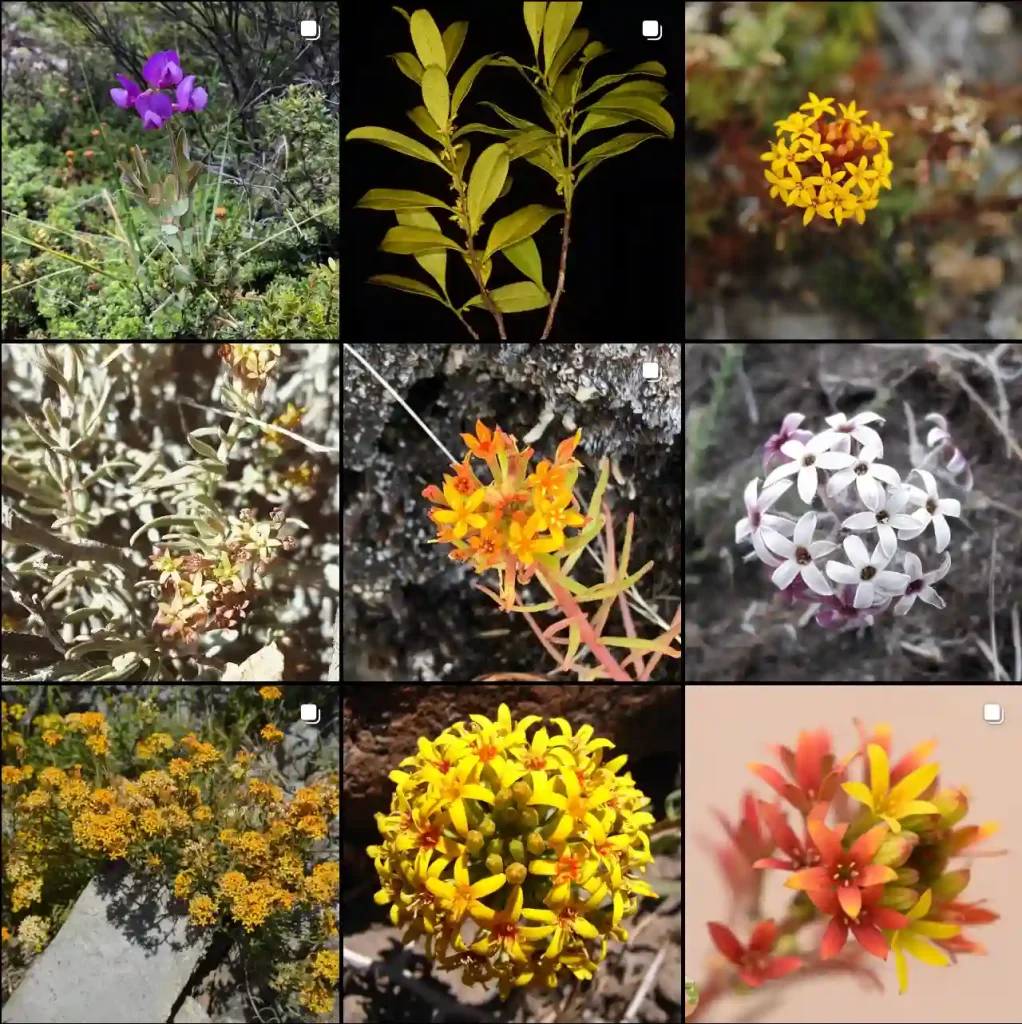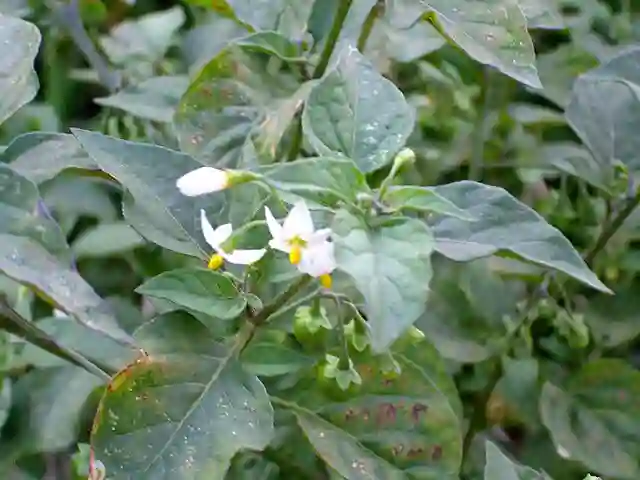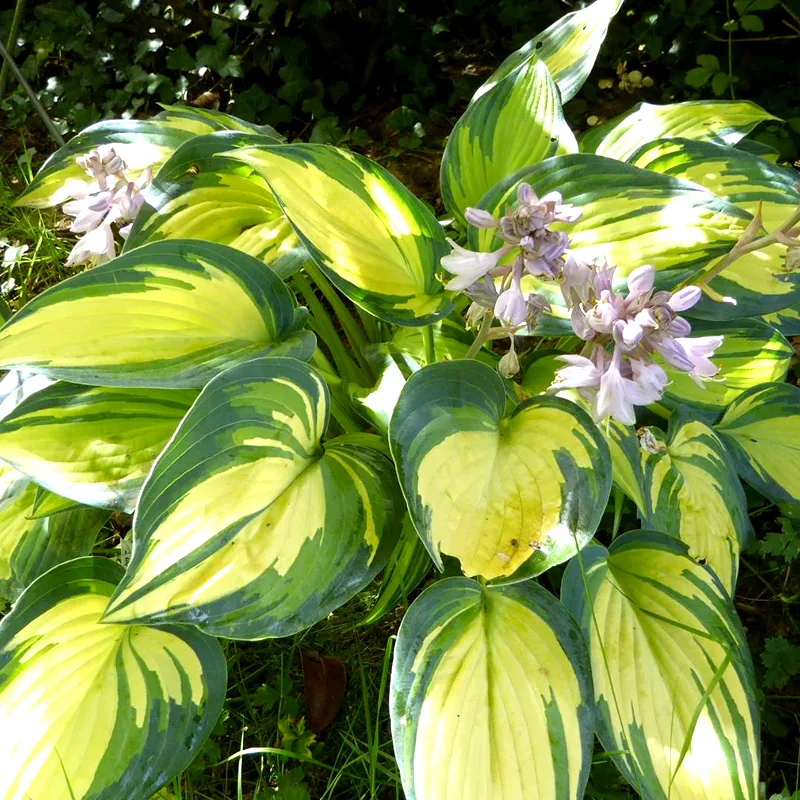FAQs About Stetsonia Coryne
As a plant enthusiast, I’ve often found myself drawn to unique, lesser-known plants, and Stetsonia Coryne, also known as the Argentine Toothpick cactus, is one that stands out. Its towering, spiny stature and distinct appearance make it a conversation piece in any garden or collection. Here, I’ll share answers to some of the most frequently asked questions about this incredible plant, drawing from my own experience with it.
What Is Stetsonia Coryne?
Stetsonia Coryne is a striking cactus species belong to the Cactaceae family, native to South America, specifically Argentina and Bolivia. It’s also commonly called the Argentine Toothpick or Toothpick Cactus, a reference to its long, sharp spines that protrude from its tall, columnar body. This cactus can grow up to 30 feet in height under the right conditions, making it one of the more dramatic cacti you can have in a landscape or garden.
Plant Family: 161 Genera in Cactaceae
The plant has a vibrant green hue when it’s young, but as it ages, it can develop a more muted, grey-green appearance. Its most distinctive feature is its ribbed body, covered in long spines that can measure up to 4 inches long. At night, you might also catch its beautiful white blooms, which are as fleeting as they are striking, lasting only a day.
How to Care for Stetsonia Coryne?
Caring for Stetsonia Coryne is surprisingly easy, considering its impressive size. This cactus thrives in bright, direct sunlight and dry conditions, mimicking its native desert environment. Here are some key care tips:
- Light: Give it plenty of sunlight. A full day of bright, direct light is ideal. If you grow it indoors, make sure it’s near a sunny window.
- Watering: Like most cacti, Stetsonia Coryne doesn’t need much water. In fact, overwatering is the number one mistake people make. Water the plant thoroughly but allow the soil to dry out completely before the next watering. In the winter, reduce watering to once a month or even less.
- Soil: It thrives in well-draining, sandy soil. You can use a commercial cactus mix or create your own blend with sand and perlite.
- Temperature: Stetsonia Coryne is frost-sensitive. If you live in an area that gets cold, it’s best to keep this cactus indoors during winter or in a sheltered spot if grown outdoors.
How to Propagate Stetsonia Coryne?
Propagating Stetsonia Coryne can be done through seeds or cuttings, but in my experience, cuttings are easier and more reliable. Here’s a simple method:
- Choose a Healthy Stem: Take a cutting from a mature, healthy plant. Make sure to use sterilized cutting tools to prevent infection.
- Allow the Cutting to Callous: Let the cut end of the stem callous over for a few days. This is crucial to prevent rot once it’s planted.
- Plant in Well-Draining Soil: Once calloused, plant the cutting in well-draining soil. Keep the soil slightly moist until the cutting establishes roots, then reduce watering.
Patience is key when propagating cacti; it can take weeks or even months for new roots to form.
What to Plant with Stetsonia Coryne?
Stetsonia Coryne pairs well with other desert-loving plants. In my garden, I like to plant it alongside Agave, Aloe, and other cacti like Opuntia and Echinocactus. These plants not only share similar care needs but also create a stunning, cohesive look in a landscape.
When grouping Stetsonia Coryne with other plants, keep spacing in mind. This cactus can become quite large, so give it plenty of room to grow without overshadowing smaller plants.
Is Stetsonia Coryne Toxic?
Good news for pet owners: Stetsonia Coryne is not known to be toxic to humans or animals. However, its spines can cause injury, so it’s essential to handle the plant with care, especially if you have pets or children. I recommend placing it in areas where it won’t be accidentally brushed against.
What Are the Benefits of Stetsonia Coryne?
Besides its ornamental value, Stetsonia Coryne offers practical benefits. Its size and spines make it an excellent natural barrier for gardens, deterring animals and intruders. The flowers, though short-lived, attract pollinators like bees and moths, contributing to the biodiversity of your garden.
What Are Common Problems with Stetsonia Coryne?
The most common issue with Stetsonia Coryne is root rot, which occurs if the plant is overwatered or grown in poorly draining soil. You’ll know your cactus has root rot if it becomes soft, discolored, or starts collapsing. To avoid this, make sure the soil dries out completely between waterings.
Another potential issue is pest infestations, though they’re relatively rare. Mealybugs or spider mites might occasionally target the plant. I typically treat infestations with a mixture of water and neem oil, which is effective yet gentle on the plant.
How Does Stetsonia Coryne Compare to Similar Cacti?
Stetsonia Coryne is often confused with Pachycereus Pringlei due to their similar columnar shapes and spiny appearances. However, Stetsonia Coryne tends to have thinner, more delicate stems compared to the thicker, more robust stems of Pachycereus Pringlei. Additionally, Pachycereus Pringlei has more prominent flowers that can last longer, while Stetsonia’s blooms are fleeting but fragrant.
Final Thoughts
Stetsonia Coryne is a fantastic addition to any cactus collection, offering a unique look and low-maintenance care. Whether you’re an experienced cactus grower or just starting, this plant’s dramatic presence and ease of care make it a rewarding choice. Just be sure to handle it with care due to its sharp spines, and give it the sunlight and dry conditions it craves.
If i die, water my plants!



